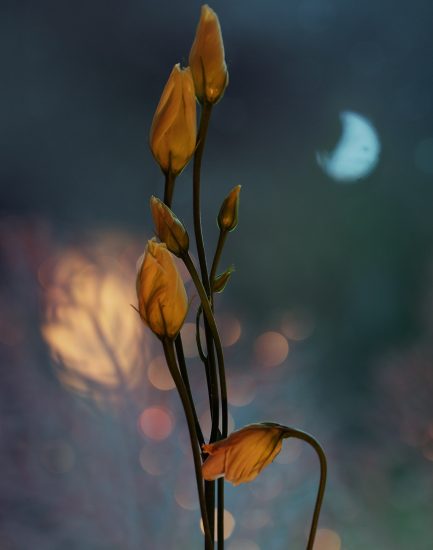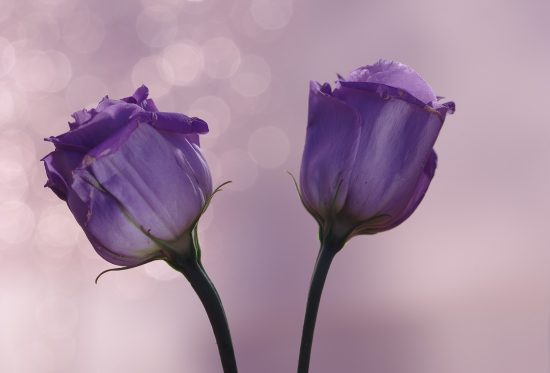
Stunning Macro photography at home
Or to put it another way, a creative approach to the subject with the Irix Dragonfly 150mm f/2.8 Macro 1:1 lens
Article is prepared by Iwona Sikorka Instagram, Irix brand Photographer
We often associate macrophotography with scenes from a meadow, insects or flowers. This spring and summer period is a period of very intensive activity because, undoubtedly, this is the most fertile time in this field.
Sometimes, however, there are those occasions where there is little or no opportunity of shooting in field conditions, with indifferent weather contributing to the lack of time being outside at the right period, and this time of the year generally offers very little assistance to macro photography. There’s those winter evenings that go on forever, and are generally gray and gloomy. But there’s nothing to worry about; you don’t have to put down your equipment for months on end or wait for the weather to improve.
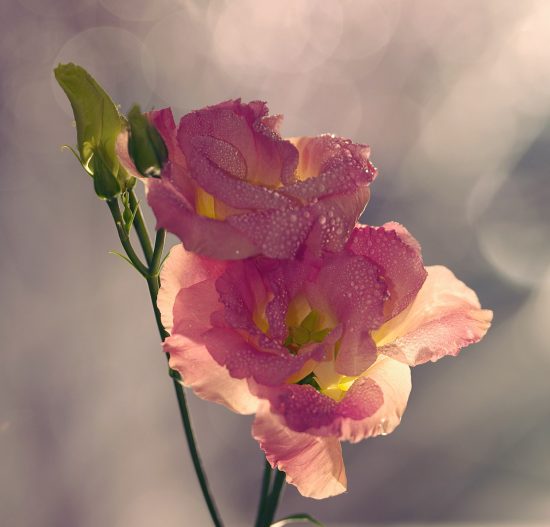
Here, I’ll try to show you that shooting at home can not be only pleasant, but also effective.
There are several benefits of shooting at home. We have full control over the entire exposition – both subject and camera – and the time and conditions to set everything up precisely. And there’s no wind! Everyone who’s attempted to take those outdoor shots knows that even the minimal amount of grass or flower movement results in a blurred photograph.
Now in home conditions you’ve got better control over the light. You don’t have to worry about very harsh sunlight that can effectively hinder your photography.
You can use the fanciest and strangest gadgets available that support shooting, and no one will look at you strangely. ☺
Well, you can take lots of pictures, of course, but it all depends on what's playing in your soul.
These can be various items: textures, flowers collected from the pot or bought in a flower shop, water drops, ice cubes, fruit, various delicacies, the list is endless. All you need to do is just look around the house a little; you’ll certainly find many interesting subjects there! ☺
In this article, I would like to tell you how to photograph flowers at home. Regardless of whether it’s day or night, you’ll be able to achieve a very similar effect to the soft morning light.
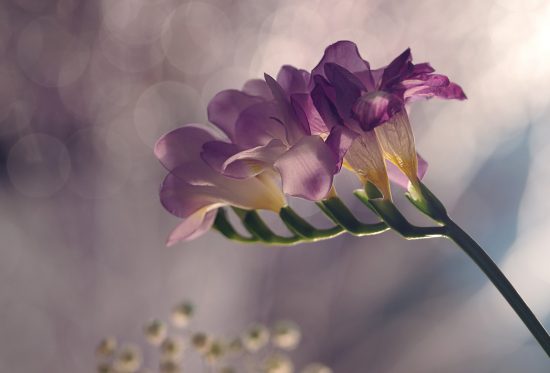
Equipment. The equipment that I used to take all the photographs is a Pentax K3, plus an Irix Lens 150mm f2.8. A tripod is also absolutely essential in home conditions, and it’s important that it is solid and stable.
Lighting. If someone has a macro lamp then that’s a great thing; but if not, well, it’s not a significant problem as it's enough to use two or three desk lamps, preferably with a power switch.
Diffusion material. This is needed on lamps to diffuse the light. The light emitted from the lamps is often too harsh; ugly reflections and unsightly hard shadows are created, and too much contrast causes the photograph to lose its detail. Diffusers can be made at very little cost; they can be sheets of white paper, cups of large yogurt, polypropylene material such as an apron that is easy to get from any workplace safety equipment shop, or polypropylene films that add interesting colour effects to the background in addition to softening light. I used foam in which I put in Nashi pears... and theses are available in your local grocery store. ☺ I know, from my own experience and many photographers, that my own home-made diffusers work best, and any additional materials literally cost pennies. But some of these materials can easily melt, so remember to fix them at a safe distance from the light bulb.
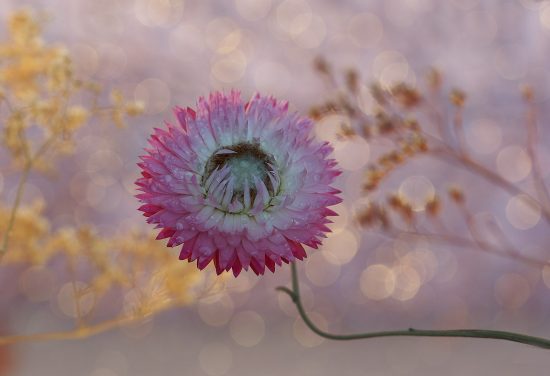
Diaphragm. This only needs to be something small – which you can also put together yourself by sticking a slightly creased piece of aluminium foil onto a piece of paper, for example. A white sheet of paper or a mirror works well.
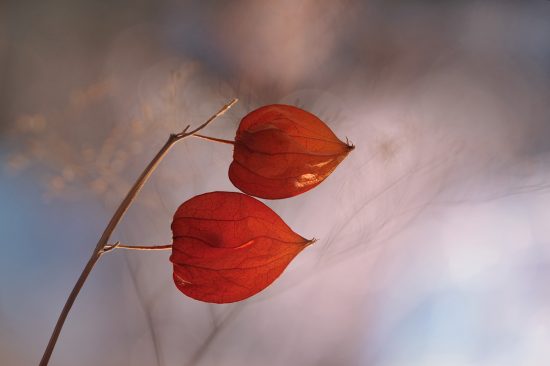
Background. This can be a wall or any other hand made backgrounds such as something that suggests gradient, glitter paper, coloured papers, all shiny decorations, and so on – there are loads of things that can be placed into the background for a nice colourful bokeh effect.
A floristic sponge. Also known as an Oasis, these are easily available in florists or garden stores. This is a very useful block of light porous material in which you put flowers, and you can create compositions at your discretion. The hard sponge should be soaked with water so that fresh flowers can last longer.
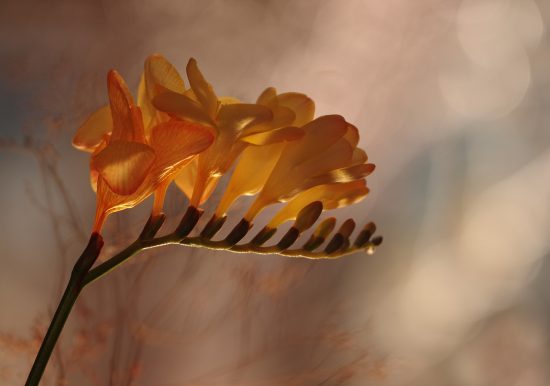
Flowers. At winter time, fresh flowers can only be purchased at the florist's, with the larger outlets often having quite a wide choice. Dry flowers are best in autumn; maybe the house will also have some dried flower arrangements.
Flower washer to obtain the dew effect
A place to shoot. You'll get great results in the morning, shooting the window glass when the light is still soft and delicate. During the day there’s a lot of light at home and you can easily afford to take pictures. The place doesn’t matter, but it is important that the light isn’t too harsh. In the evening you can choose any corner for the photo – the only thing you need to consider is access to the plug socket for connecting the lamps!
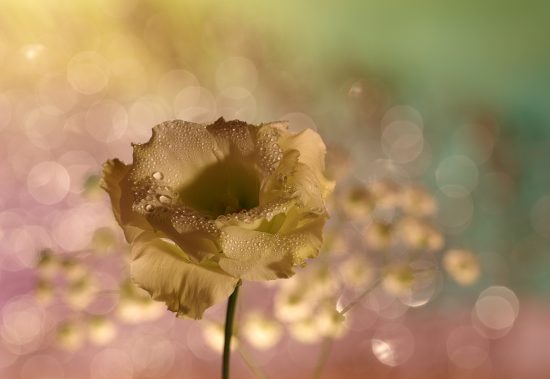
Here’ is my way of photographing, evening time:
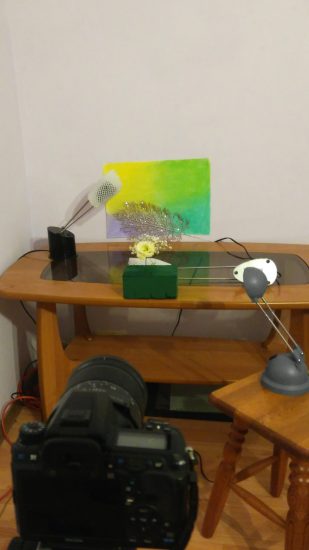
More information about the brand http://irixlens.com/

